Unique aquatic plant telores
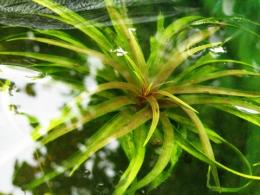
In England, they strive to save this unique plant from extinction and call it “water pineapple.” In Russia, it is also particularly popular, and its botanical designation is the common telores (telores alozovidny) of the water-red family. All names clearly explain where the plant lives and what its characteristic features are.
Telorez received its botanical designation due to the needle-like structure of the leaves. Indeed, young shoots of flowers can leave cuts and scars on the human body when touched, similar to rose thorns. But this does not frighten true connoisseurs of natural landscapes, who are ready to do everything to have this elegant flower in their ponds and garden plots.
Content:
- Habitat and appearance
- Peculiarities of reproduction, interaction with other inhabitants of the pond
- Use of the plant by people
Habitat and appearance
Telorez, which has an interesting designation, is herbaceous, waterfowl. The vast growing area of this variety is considered to be Western Europe with a temperate climate, Western Siberia and the North Caucasus. Also, telores with exclusively female flowers has been seen in Canada and Northern Asia.
The habitat of the body cutter is reservoirs with a muddy bottom, up to 2 meters deep, which are filled with clean and clear water. The conditions for effective growth and reproduction do not depend on whether the reservoir is in the shade or illuminated by the sun.
Externally, the plant is easy to recognize among the rest.Telorez is a waterfowl plant with narrow, dark green leaves, the length of which can reach from 15 cm to 50 cm. The leaf width does not exceed 4 cm, and their toothed structure allows us to compare the plant with a useful aloe flower. However, unlike the beneficial aloe, teloresis can bloom in the summer.
Flowering period telereza is a warm period when it is really warm and the sun is shining, from July to August. White flowers with three outer and three inner leaves with a diameter of 3-4 cm and with yellow stamens delight the eye of any observant person. Male flowers look especially beautiful, as they form many inflorescences. At the same time, both male and female flowers, characterized by single or paired flowering, can easily coexist in one pond.
Telorez is a plant that easily adapts to any weather conditions. In summer, during flowering, it forms fruits, or buds, and also accumulates starch. These processes significantly weigh down the plant. As a result, having felt the “breath of winter”, the cutthroat sinks to the bottom of the pond in order to “survive” or overwinter. Judging by the observations of botanists, it can rise and fall several times. The forced rise of the plant to the surface of the water is due to the fact that the leaves and stems, which have been in the depths of the water, are oversaturated with carbon dioxide.
Peculiarities of reproduction, interaction with other inhabitants of the pond
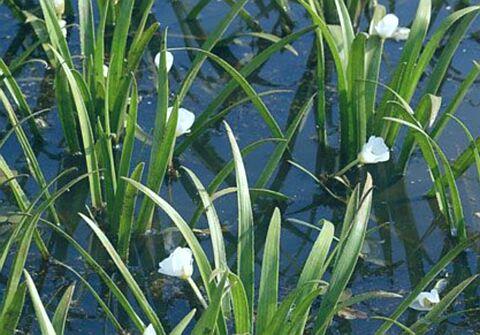
So, telores is a plant that at times sinks to the bottom of a reservoir. That's why for its reproduction no need to plant in the ground in containers. It does not need to be cut or removed from the bottom of the reservoir. The plant will do all the necessary work on its own.
An exception to the general rules are situations when the water from the pond is drained for the winter, or when the bottom of the reservoir freezes. In these cases, you should remove the “winter buds” of the plant from the water. After this, they are carefully placed in a jar of water, which is placed on the window until the onset of spring.
The telecutter is difficult to separate. Its leaves become fragile over time and it is difficult to transport. Another danger to its reproduction and growth is the large pond snail. They eat this flower with pleasure and do not disdain even old shoots.
If all sources of danger are eliminated, the plant grows well and blooms profusely. If favorable conditions are created, it can multiply so quickly that this process suppresses other plant species growing in the reservoir.
Use of the plant by people
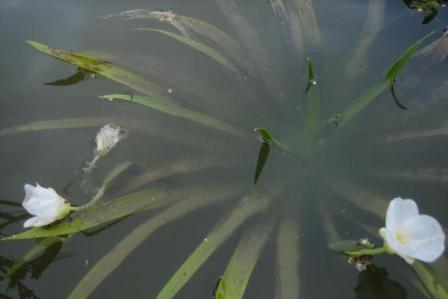
There is evidence that telores is an ancient plant. This is confirmed by fossilized buds found in places of dried up reservoirs. Thus, the plant has always served for the benefit of humanity:
- First of all, the telecutter is valued for its decorative function. Respectable citizens dream that their ponds in their country houses will be decorated with this unusual flower.
- Secondly, the plant is known for its medicinal properties. Its decoction is used to treat diseases of the gastrointestinal tract.
- Thirdly, the plant can be used for agricultural purposes. A mixture of potato peelings and telores makes excellent feed for pigs.
Video about aquatic plants for a pond on your site:
Interesting information about the vegetable garden

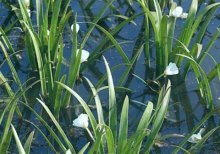
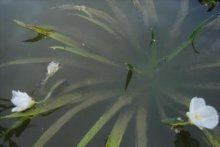
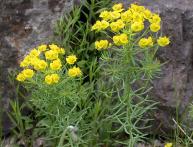
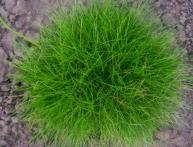
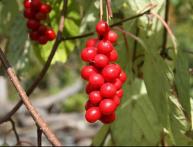


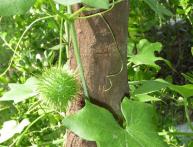

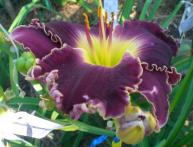
Comments
In our no-man's ponds without an owner, I, of course, have not seen such a plant, but it looks chic and magnificent, it’s a pity that you can’t plant it somewhere in the garden, the flowers are very beautiful.